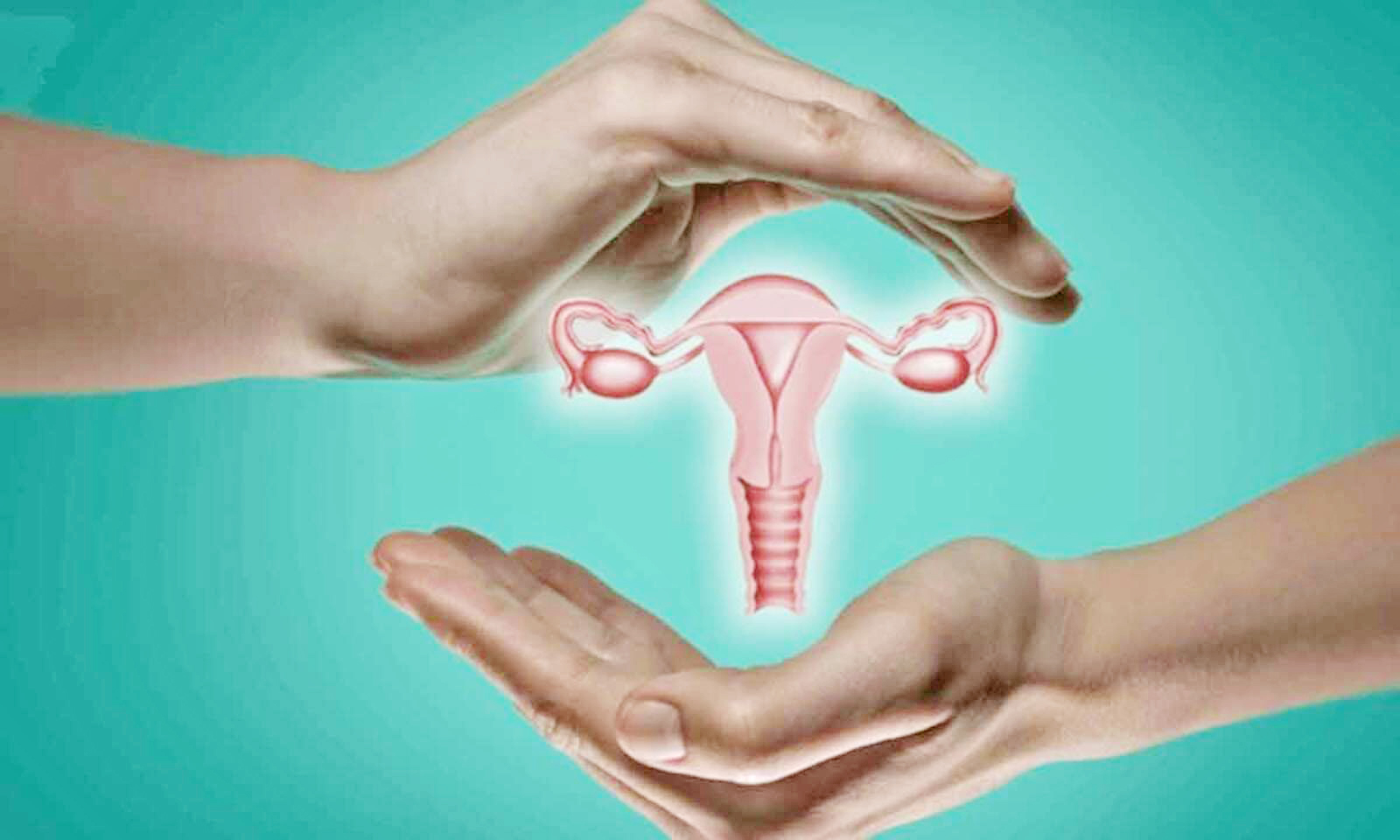


The increasing prevalence of hysterectomy in women today is noteworthy. Hysterectomy involves the removal of the uterus and is a surgical procedure that prevents future pregnancies. Post-surgery, conception is no longer possible. If menstruation occurs before the surgery, it will cease afterward.
If the ovaries are removed, menstruation stops immediately, and the doctor might recommend hormone therapy.
Indications for hysterectomy:
1. When there’s excessive and persistent bleeding that can’t be controlled by medication, dilation, and curettage.
2. Endometriosis causing pain and bleeding that doesn’t respond to other treatments.
3. Persistent long-term pelvic or abdominal
pain.
4. Enlargement or prolapse of the uterus (sagging).
5. Presence of tumors in the uterus.
Types of hysterectomy:
1. There are three primary methods:
2. Vaginal hysterectomy involves removing the uterus through an incision above the vagina.
3. Abdominal hysterectomy removes the uterus through an incision in the lower abdomen.
4. Laparoscopic hysterectomy or keyhole surgery removes the uterus through small incisions in the abdomen.
Precautions for women:
After this surgery, a stay in the hospital for 1 or 2 days might be necessary, with the removal of IV lines and catheters. Rest is crucial after discharge from the hospital. Avoid lifting heavy objects for 4 to 6 weeks. Do not exert pressure on your abdominal muscles. If you experience excessive pain or constipation during this time, seek medical advice.